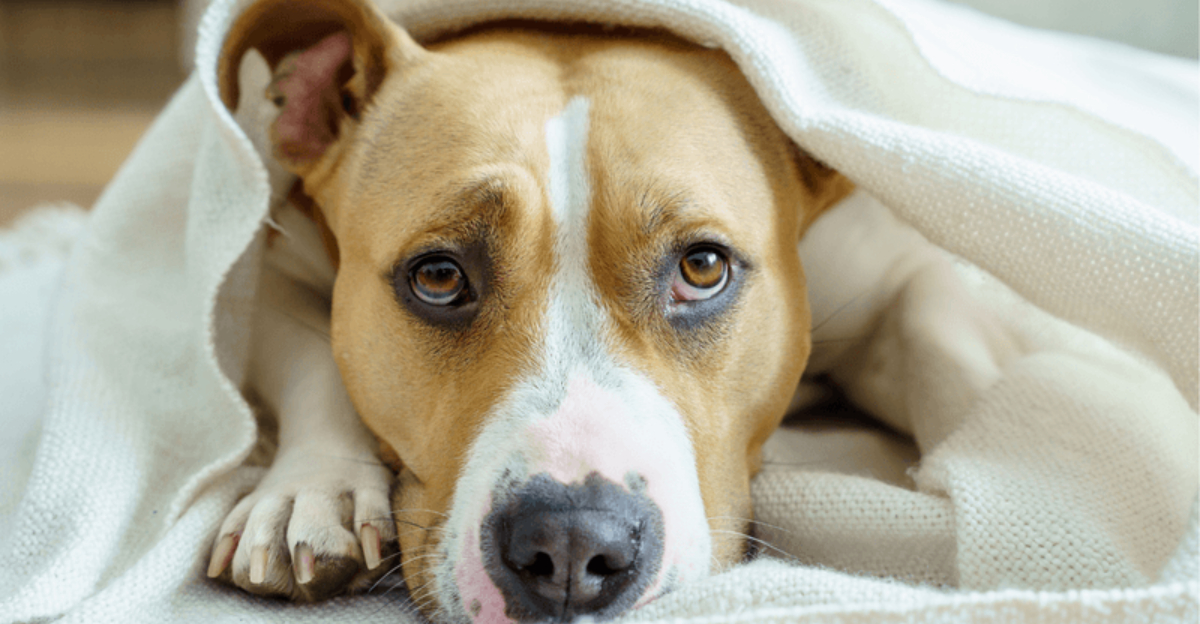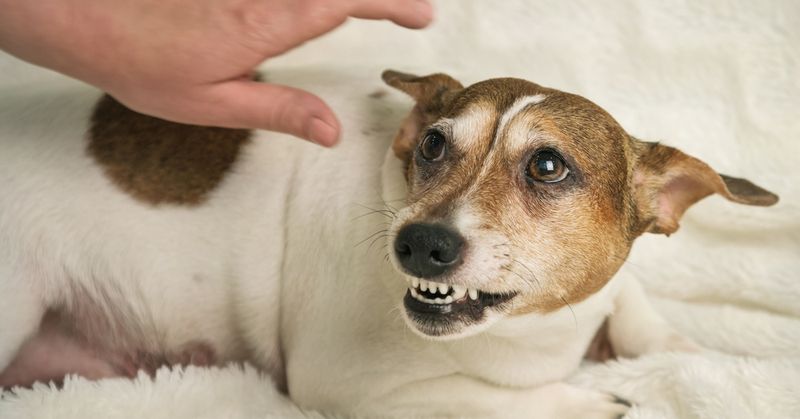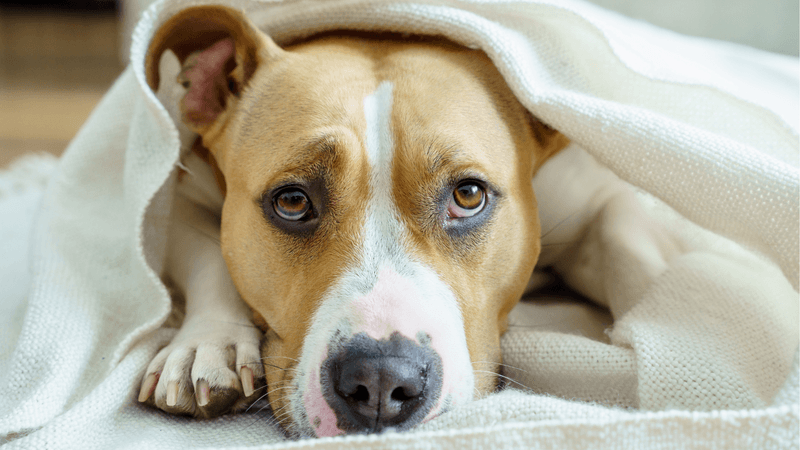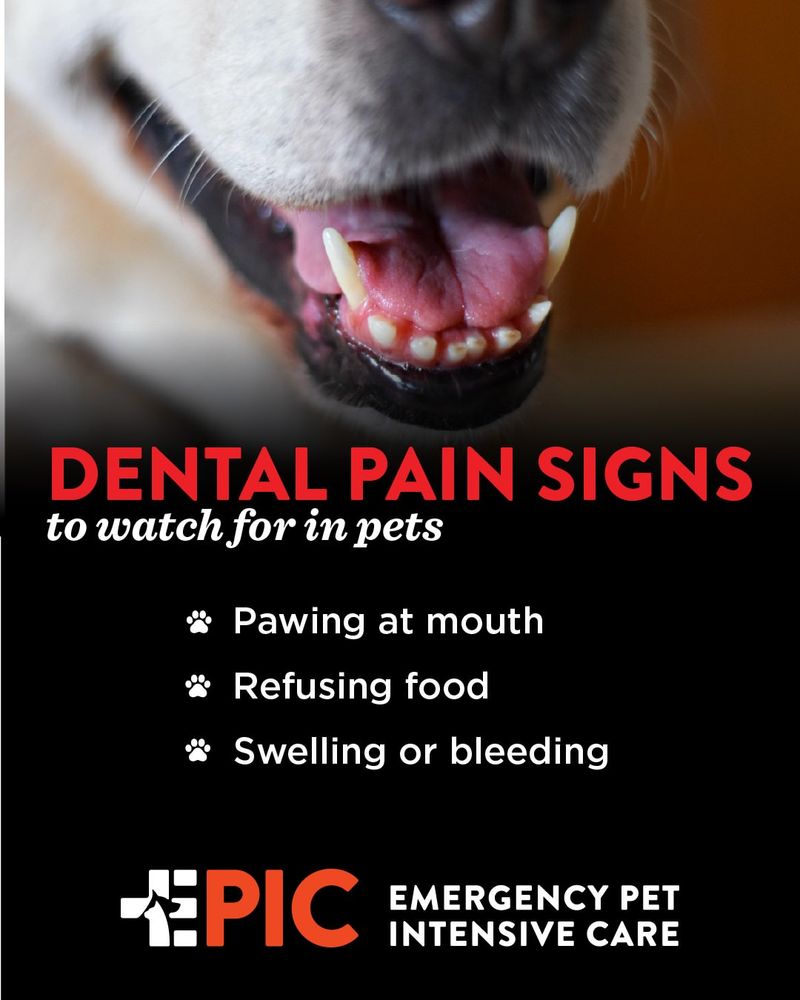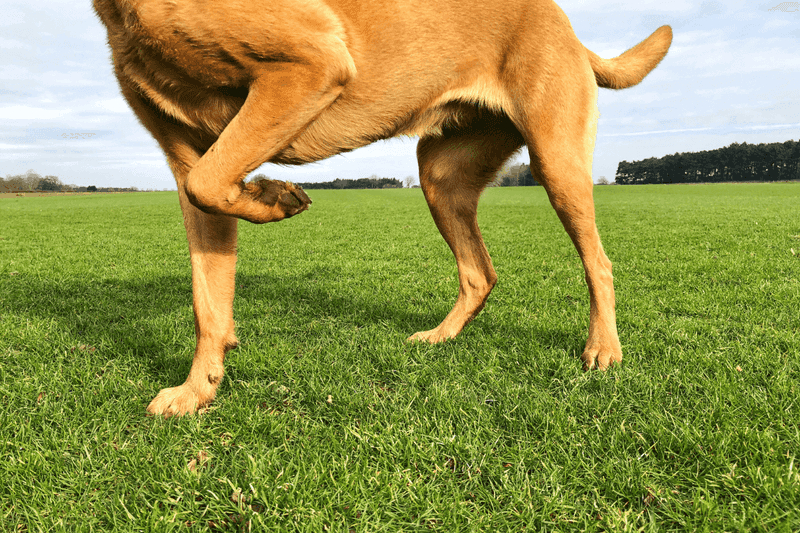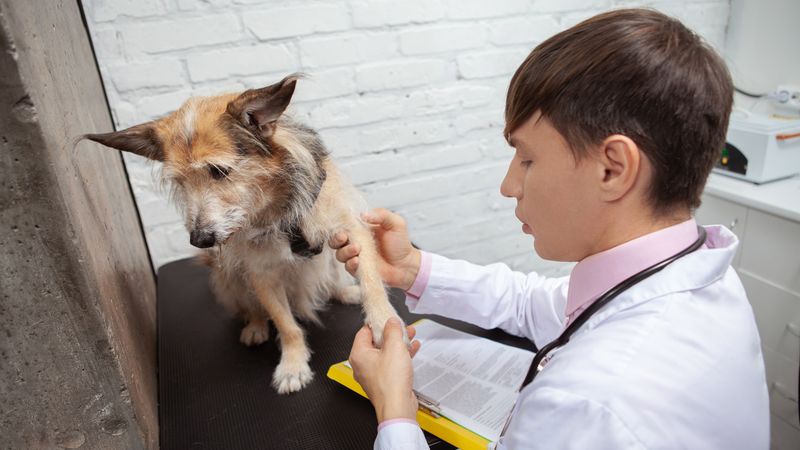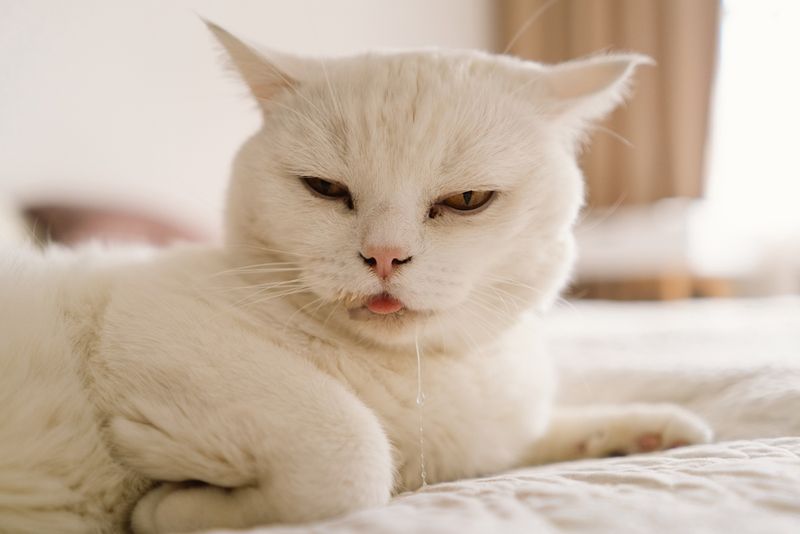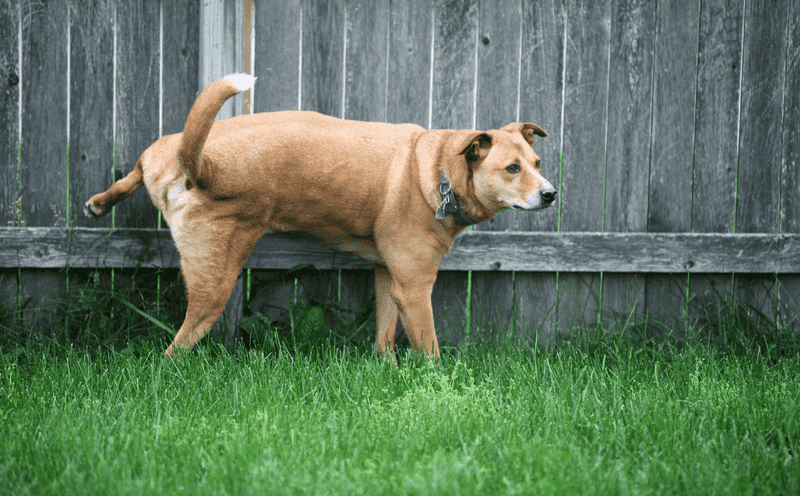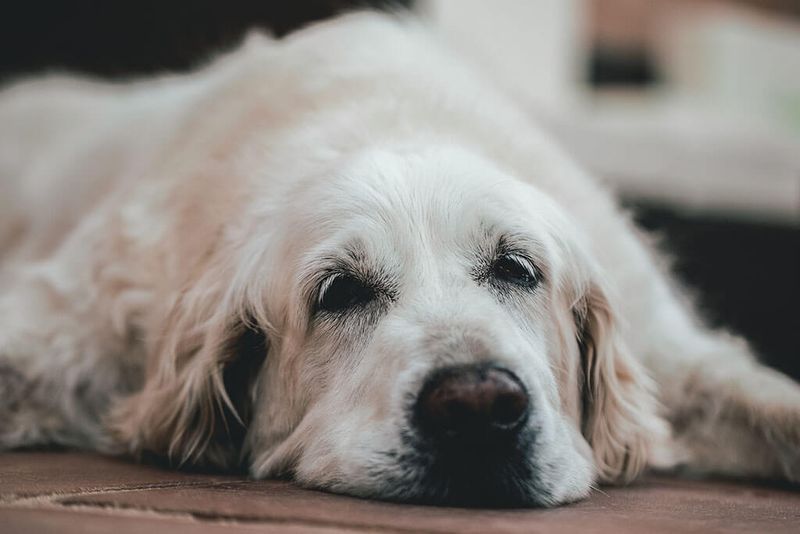Our furry friends can’t tell us when they hurt, making it tough to know when something’s wrong. Animals naturally hide pain as a survival instinct, which means your pet might be suffering silently. Recognizing the subtle signs of discomfort can help you get your pet the care they need before small problems become big ones.
Unusual Aggression or Irritability
Sweet-natured pets who suddenly snap, growl, or hiss when approached may be trying to protect a painful area. Your normally cuddly companion isn’t being mean on purpose – they’re simply responding to discomfort the only way they know how.
Many owners mistakenly label this behavior as ‘acting out’ when it’s actually a cry for help. Watch for patterns in their reactions, particularly if they become defensive when specific areas are touched.
Even mild-mannered animals might show their teeth or flatten their ears when hurting. Remember that pain-induced aggression often appears out of nowhere and seems completely out of character for your pet. If your gentle giant becomes snappy, a vet visit should be your next move.
Decreased Activity and Mobility
Reluctance to jump, climb stairs, or play like usual often signals pain in pets. Your once-energetic companion might suddenly seem lazy or uninterested in activities they previously enjoyed. This change isn’t about stubbornness – it’s about avoiding movements that hurt.
Look for subtle changes: perhaps your cat no longer jumps to its favorite window perch, or your dog hesitates before getting into the car. These modifications in behavior develop as your pet learns which actions trigger discomfort.
Exercise intolerance can manifest gradually, making it easy to miss. You might notice your pet lying down during walks or playing for shorter periods before resting. Don’t dismiss these changes as simple aging – they often indicate underlying pain that deserves medical attention.
Changes in Eating Habits
Food refusal or decreased appetite can be telltale signs of pain in our four-legged friends. Dental pain makes chewing uncomfortable, while abdominal discomfort might make your pet associate eating with pain.
Pay attention to how your pet approaches their food bowl. Are they interested but then back away after a few bites? Do they only eat soft food now? Some pets with mouth pain may drop food, drool excessively, or tilt their head while eating to avoid putting pressure on painful areas.
Weight loss often follows prolonged appetite changes and requires immediate veterinary attention. Don’t assume your pet is just being picky – changes in eating habits frequently indicate pain that needs addressing. Track their food intake for a few days if you notice a pattern developing.
Excessive Licking or Grooming
Focused licking on one area can indicate your pet is trying to soothe a painful spot. This behavior might create bald patches, irritated skin, or even open sores if allowed to continue unchecked.
For cats, reduced grooming elsewhere while obsessively cleaning one area suggests discomfort. Dogs often lick their paws or joints when experiencing arthritis pain. The action releases endorphins that temporarily relieve discomfort, making it a self-soothing behavior.
Hot spots can develop quickly from this excessive attention, creating a painful secondary condition. If you notice your pet fixating on a particular body part, gently examine the area for swelling, heat, or sensitivity. Persistent licking, especially when it interrupts sleep or normal activities, warrants a call to your veterinarian to identify the underlying cause.
Altered Posture and Movement
A hunched back, stiff gait, or reluctance to turn their head can reveal where your pet hurts. Animals instinctively adjust their posture to minimize pressure on painful areas, creating abnormal movement patterns that observant owners can spot.
Limping is an obvious sign, but subtler clues include uneven weight distribution when standing or sitting awkwardly. Neck pain often causes pets to move their entire body rather than turning just their head. Abdominal pain typically results in a prayer position – front end down, rear end up – or a tense, hunched appearance.
Changes in how your pet lies down or gets up can be particularly revealing. Arthritis pain might cause your dog to circle multiple times before carefully lowering themselves, while cats with joint pain may no longer curl up tightly when sleeping. These postural adaptations speak volumes about your pet’s comfort level.
Vocal Changes and Unusual Sounds
Unexplained whining, yelping, growling, or meowing might be your pet’s attempt to communicate distress. Some animals become unusually vocal when in pain, while others who normally make noise may become eerily quiet.
Listen for sounds that occur during specific activities. Does your dog whimper when climbing into bed? Does your cat yowl when using the litter box? These context-specific vocalizations often point directly to the problem.
Heavy panting or labored breathing when not exercising or hot can indicate pain as well. Some pets grind their teeth or smack their lips when experiencing discomfort, particularly with digestive or dental issues. Any sudden change in your pet’s vocal patterns deserves attention, especially when accompanied by other behavioral shifts. Your pet’s voice is one of their few tools for communicating their needs.
Sleep Pattern Disruptions
Restlessness, pacing, or inability to get comfortable at night often indicates your pet is hurting. Pain typically worsens when the body is still, which explains why many pets with chronic pain struggle to settle down for sleep.
Watch for frequent position changes throughout the night or unusual sleeping locations. Your pet might abandon their favorite bed for a harder surface or vice versa, depending on what provides relief. Some pets with joint pain prefer cold floors, while others seek out extra cushioning.
Excessive sleeping can also signal pain, as your pet may be conserving energy to cope with discomfort. If your once-active companion now spends most of the day napping, it’s worth investigating. Nighttime restlessness combined with lethargy during the day creates a debilitating cycle that affects your pet’s quality of life and requires veterinary intervention.
Facial Expression Changes
Glazed eyes, a furrowed brow, or a tense facial expression can reveal your pet’s discomfort. Animals communicate volumes through their faces, though these subtle signals are easily missed by untrained observers.
Dilated pupils in normal lighting conditions often indicate pain, as do half-closed or squinted eyes. Cats in pain frequently flatten their whiskers against their face and develop a tight-lipped expression. Dogs might wrinkle their foreheads or develop tension around their eyes and muzzle.
The pain squint – a narrowing of the eyes – is particularly telling in both species. Compare your pet’s current expression to photos taken when they were feeling well to spot these differences. A vacant or distant look in their eyes can indicate they’re focusing inward on their discomfort rather than engaging with their environment. These facial cues provide a window into your pet’s experience.
Bathroom Habit Changes
House-trained pets who suddenly have accidents indoors might be experiencing pain that affects their elimination. Urinary tract infections, arthritis, or digestive issues can make normal bathroom routines difficult or uncomfortable.
Pay attention to how your pet positions themselves when eliminating. Straining, crying out, or adopting unusual postures during these moments suggests discomfort. Some animals with joint pain may struggle to maintain their normal position long enough to finish, resulting in accidents or frequent, small eliminations.
Changes in the appearance of waste matter too – blood in urine or stool always warrants immediate veterinary attention. Constipation or diarrhea can both indicate pain in the digestive tract. Even subtle changes like a cat stepping in and out of the litter box without producing anything or a dog asking to go outside more frequently than usual can signal pain that deserves professional evaluation.
Social Withdrawal or Behavior Changes
A once-social pet who now hides under the bed or avoids interaction may be suffering silently. Pain often causes animals to isolate themselves – a natural instinct to protect their vulnerability when feeling unwell.
Watch for changes in your pet’s greeting behavior or enthusiasm for family activities. A dog who no longer rushes to the door or a cat who stops sleeping on your lap may be limiting movement or contact that causes discomfort. Some pets become clingy when in pain, seeking reassurance through constant contact.
Decreased interest in toys, other pets, or favorite activities often accompanies pain. Your pet might appear depressed or unresponsive to stimuli that normally excite them. These personality changes can develop gradually, making them easy to attribute to aging or mood. However, sudden or progressive withdrawal from social interaction typically indicates a physical problem requiring medical attention rather than a simple behavioral issue.
